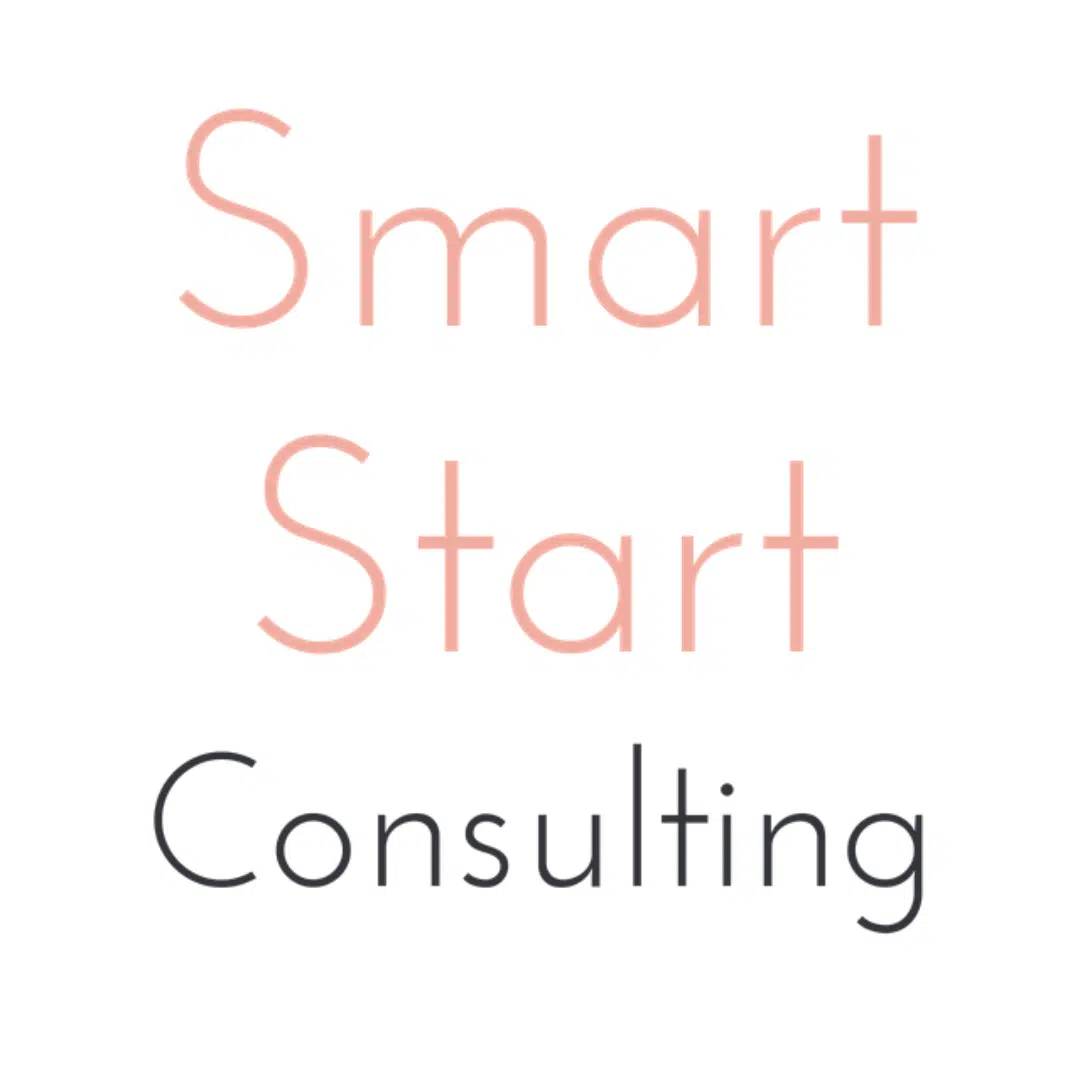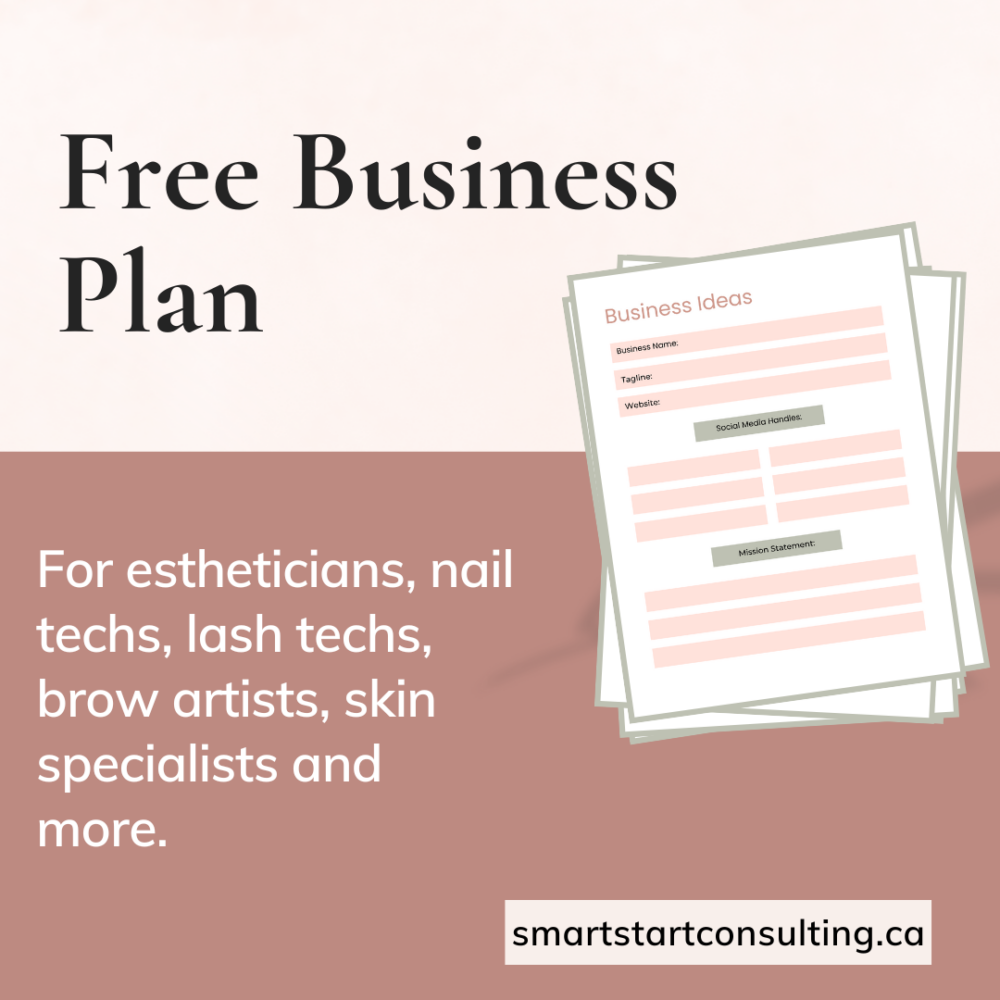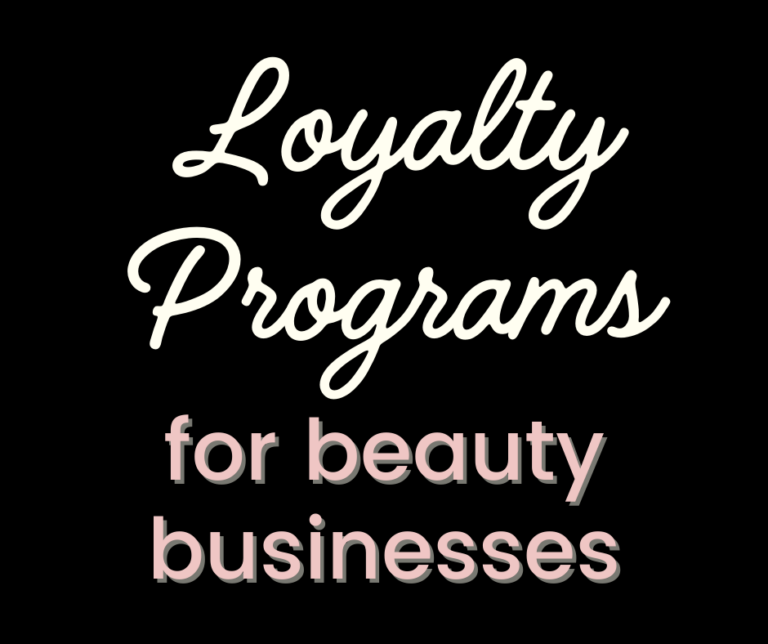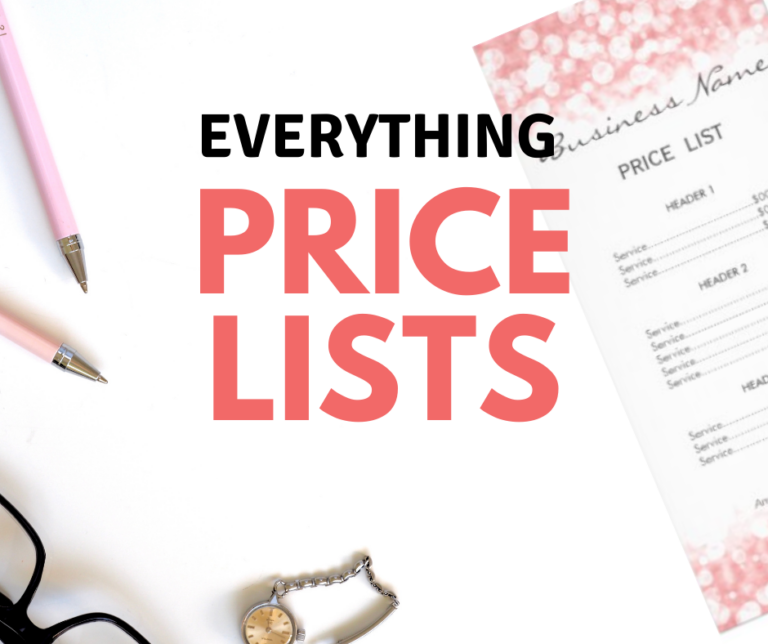Home-based business
A quick start guide For Estheticians, Nail Techs, Lash Techs, Brow Artists, Massage Therapists and more.
*note* This post has many Saskatchewan and Canada-based links because that is where I’m located. You should get a good idea of what to look for when starting a business in your region. Here is a in-depth post on creating an esthetics business.
Starting a home-based spa or beauty business in Canada is exciting for beauty professionals. With over 15 years of experience as an esthetician, I understand the challenges and rewards of establishing your own business.
Here’s a streamlined guide to help you embark on this journey, informed by my experience and industry knowledge.
1. Draft a Business Plan: Begin with a clear vision. Outline your services, target market, pricing, and financial projections. This plan will be your roadmap and can help secure funding if needed.
Resources: Free Business plan template pdf
2. Understand Regulations: Check with your local municipality for zoning laws and regulations for running a home-based spa. Compliance is critical to a smooth operation. Everywhere is different, so you must do a fair amount of Google research to ensure you comply with everything.
3. Register Your Business Name: Choose a unique name and register it with the government. This is essential in making your business official and protecting your brand.
Register your business name with the Government of Canada
4. Apply for Health Permits: Health and safety are paramount in the beauty industry. Apply for any required city health permits to ensure your spa meets all standards.
5. Purchase Supplies and Products: Invest in high-quality, professional beauty products and equipment. Your clients expect the best, and your supplies should reflect that.
6. Business Liability Insurance: Protect your home-based business with liability insurance. This is crucial for any unforeseen incidents or accidents.
7. Open a Business Bank Account: Separate your personal and business finances by opening a business bank account. It simplifies accounting and tax processes.
8. Set Up Payment Processing: Choose a reliable payment processing system. This makes transactions smooth for you and your clients.
9. Marketing Materials, Social Media & Website: Create attractive marketing materials and establish a presence on social media platforms. This is key to building your brand and attracting clients.
10. Online Booking System: implement an online booking system for efficiency and convenience. It allows clients to schedule appointments anytime, anywhere.
Square has free appointment book software.
11. Accounting System: Keep your finances in order with an accounting system. This helps with tracking income and expenses and preparing for tax season. We love FRESHBOOKS.
Frequently Asked Questions
Do you need a license to perform beauty services at home in Canada? Yes, most beauty services like nails, aesthetics, and waxing require a professional license. Check with your provincial regulatory body for specific requirements.
Can you work from home in Canada? Absolutely. Many beauty professionals successfully operate from home. Ensure you comply with local zoning laws and have the necessary permits and licenses.
Starting your home-based beauty business in Canada is a fulfilling venture. It requires dedication, compliance, and a passion for the beauty industry.
With careful planning and adherence to regulations, you can build a successful business from the comfort of your home. Remember, every big achievement starts with the decision to try. Good luck on your entrepreneurial journey!







